Brewing your own beer allows you to customize the different beers that you make to your specific tastes. You will need yeast in order to begin the fermentation process. Beer-making yeast can be purchased as a dried yeast or a liquid culture, but many home brewers who plan on making several batches of beer in a relatively short period of time prefer to create their own starter, which can be adjusted to meet their needs before they begin making beer with it. If you would like to create a beer-making yeast starter, the following steps should make it easy.
Begin by pouring approximately 400 milliliters of distilled water into a measuring cup or other graduated container. Though the exact temperature of the water isn't important at the moment, using warm water can make the next two steps pass much more quickly.
Add 2 tablespoons of the malt extract to the water. Mix the water and the extract for 1 to 2 minutes, making sure that they are well mixed before continuing. Should any dry malt extract remain undissolved, continue stirring for another minute.
Pour the malt and water mixture into a pot on your stove or another heat source. Use a candy thermometer to keep track of the mixture's temperature, raising it to at least 185 degrees Fahrenheit and keeping it there for at least 20 minutes. This will pasteurize the mixture and kill any impurities which might cause problems later on.
Carefully pour the hot liquid into the glass container after pasteurization. Then place the container in a pan filled with warm tap water to remove some of its heat. After a few minutes, set the container in an ice bath. Keep the water circulating in the ice bath for best results. Monitor the mixture's temperature and remove it from the ice bath when the liquid's temperature falls within the 70 to 85 degree range.
Prepare your yeast by adding it to warm water according to the package directions and stirring very gently until it is well mixed. Add the yeast to your starter mixture, sealing the container with an airtight lid that has been adapted to include a beer and wine maker's water lock (a small device that uses water to allow carbon dioxide to escape but doesn't let any air in).
Allow the starter to sit undisturbed for several days until you notice a large amount of sediment beginning to form on the bottom of your container and bubbles start passing through the water lock. This means that the yeast has begun breaking down the sugars in the malt extract and that your yeast starter is ready to use.
Related Articles
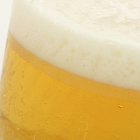
How to Brew Corn Beer
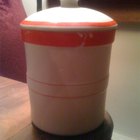
How to Make a Bread Starter

How to Make Your Own Aged Potato Vodka ...

How to Pasteurize Homemade Wine

German Beer Vs. American Beer
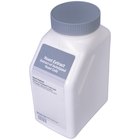
How to Grow Bread Yeast

Homemade Sweet Red Wine

How to Use Dry Malt Extract

How to Make Hard Cider With Baking Yeast

How to Obtain a Liquor License to Make ...
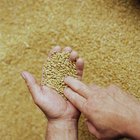
How to Ferment Grains
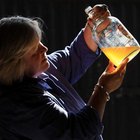
The Danger of Storing Hard Cider in ...
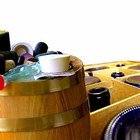
How to Make Merlot Wine
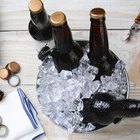
What Happens to the Alcohol ...
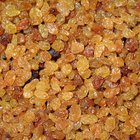
How to Prepare Water Kefir to Drink

How to Use Caustic Soda to Clean a Beer ...
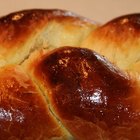
Can Fast Acting Yeast Be Used in Place ...
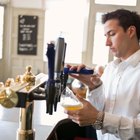
How to Keep Kegs From Going Flat

Can I Make Doughnuts From Frozen Yeast ...

How to Make Alcohol at Home
Writer Bio
Born in West Virginia, Jack Gerard now lives in Kentucky. A writer and editor with more than 10 years of experience, he has written both articles and poetry for publication in magazines and online. A former nationally ranked sport fencer, Gerard also spent several years as a fencing coach and trainer.